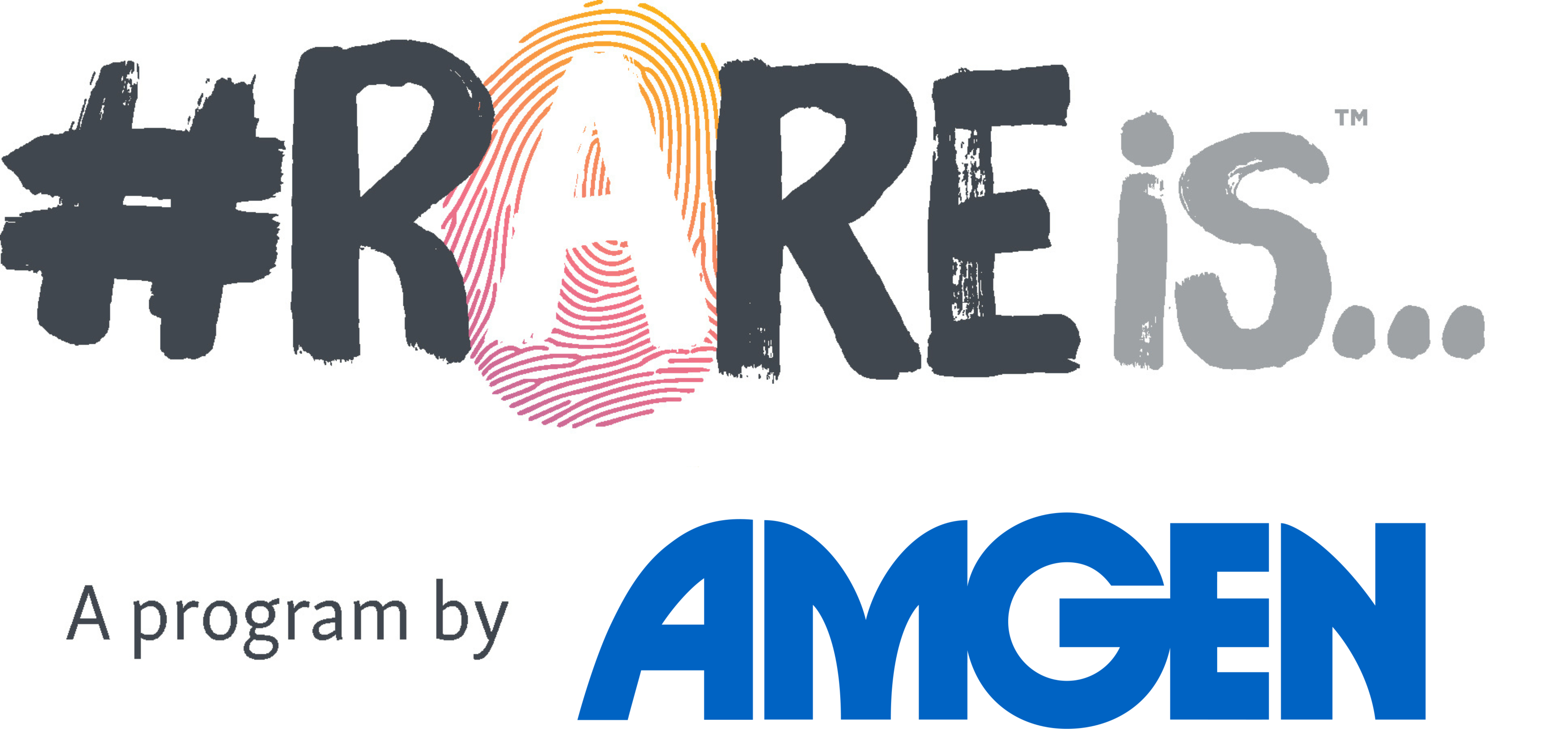The Road to Diagnosis
In July of 2016, I gave birth to my first child – my sweet little boy, Mateo. I remember feeling an overwhelming sense of love and pure joy at that moment. Mateo was happy and healthy and already loved by so many; our life felt a little more complete.
Shortly after birth, the doctors indicated that Mateo was experiencing hydronephrosis, dilation of his kidneys, but reassured us that this was a common occurrence in newborns and would likely clear up on its own. The first few months of his life were a dream; he was an easy-going baby who always had a smile on his face. His kidneys still hadn’t cleared up, so we had to keep an eye on them but weren’t entirely worried.
Around 6 months, we noticed that he couldn’t sit up, support his head and his fists were usually closed tight. As new parents, we didn’t know about every milestone, so we swiftly took him to the doctors where they told us not to worry about it but mentioned that his neck was slightly favoring one side. They told us to start stretching and massaging it and sent us on our way home.
A Mother’s Intuition
For Mateo’s 9 month check in, I decided it was time to see a new doctor, and in hindsight, it was the best decision I could’ve made at that time. As soon as she came into the room, she looked at him and told us that he had torticollis, a twisting of the back that causes the head to rotate and tilt at an odd angle, and asked if we were seeing a physical therapist for it. Quickly after she said that, she realized he wasn’t sitting up nor fully supporting his head and proceeded to refer us to a physical therapist, neurologists and took blood samples to see what was going on in his little body.
Flash forward nearly two years, and seeing countless specialty doctors, monitoring his kidneys and many blood tests, Mateo was a determined and sweet (almost) three-year-old. His progress and growth were nothing short of inspiring.
Three months shy of his third birthday, Mateo had his first genetic testing appointment. We were told his symptoms didn’t all fit into a single genetic condition. At this point, the doctors decided it was time to do Whole Exome Sequencing (WES), and almost a year later in February 2020, Mateo, myself and his daddy all had their cheeks swabbed for the WES, and that’s when we learned Mateo had Lesch-Nyhan Syndrome, an inherited X- linked recessive genetic disorder.
A Family of Four
Amid Mateo’s diagnosis, we learned that he was about to be a big brother! We were excited, but understandably nervous that our little girl could potentially inherit this disease. We were prepared, and knew that if this were the case, we would get started with early intervention. In November of 2019, Kailey was born healthy and happy, and within hours of birth, she was already demonstrating how strong she was by lifting her head. We quickly learned she didn’t present any of the same delays Mateo did.
Mateo is now in kindergarten and is doing so well. He loves his little sister, traveling, swimming, the beach, meeting new people, and of course, his video games. Although Mateo doesn’t present all the typical symptoms of Lesch-Nyhan, such as self-injury and kidney stones, he is still very much affected from the disease in terms of mobility, daily living and some behavioral issues.
The reality of him being able to walk on his own is still unclear, but he is determined to get around by army crawling, and with the help of a gait trainer and his cool new wheelchair. In terms of daily living, he needs help with getting dressed, taking baths, and brushing his teeth and hair. Mateo has not been able to be potty trained, and eating is difficult, as finger foods are all he can eat on his own, but we are determined to get there. Regarding his behavioral issues, he tends to want to put everything in his mouth, and while he knows he’s not supposed to do that, he has no control over the disease. Mateo will hit and pull out hair, and sometimes do something bad just to get in trouble and make himself cry. I know he wants to control those urges as he will ask for help, but sometimes his disease will take over and he will lose the control in the moment.
But with that said, in his short 5 years, he continues to show us how determined, smart and happy he truly is. As a family, we are continuously learning how to help him cope with these challenges. We remain hopeful for a medical breakthrough to cure or reduce the symptoms of Lesch-Nyhan Syndrome. The Orphan Disease Center at the University of Pennsylvania has begun research into gene therapy that would change the lives of those with this disease.
My advice is to not let a diagnosis define who you are. Just because Mateo is in a wheelchair doesn’t mean he can’t do things – he is the most capable little boy ever. I encourage you all to check out @loveneversinks on Instagram to learn more about Lesch-Nyhan Syndrome and @mateos_love_never_sinks to follow our journey.

